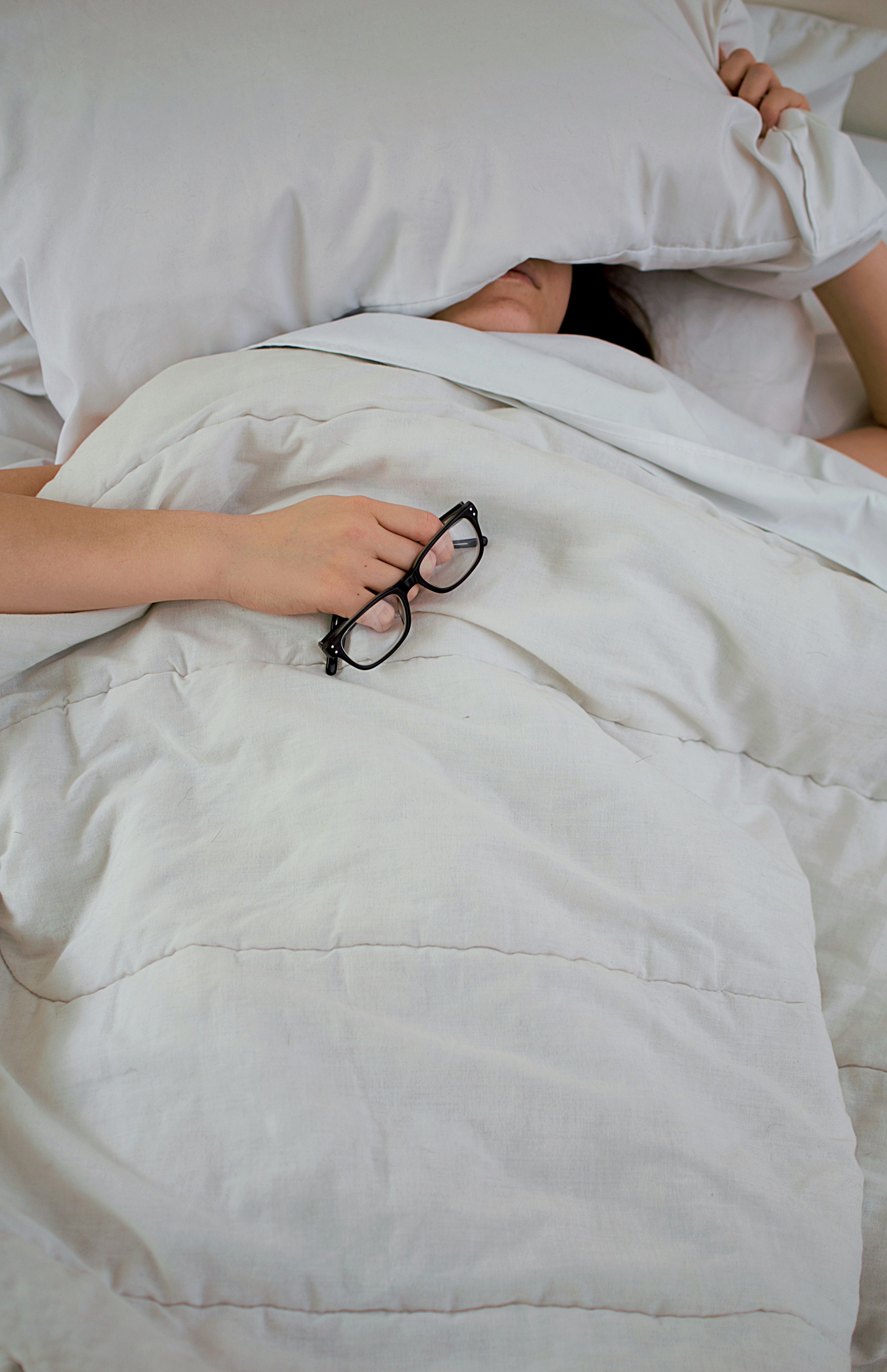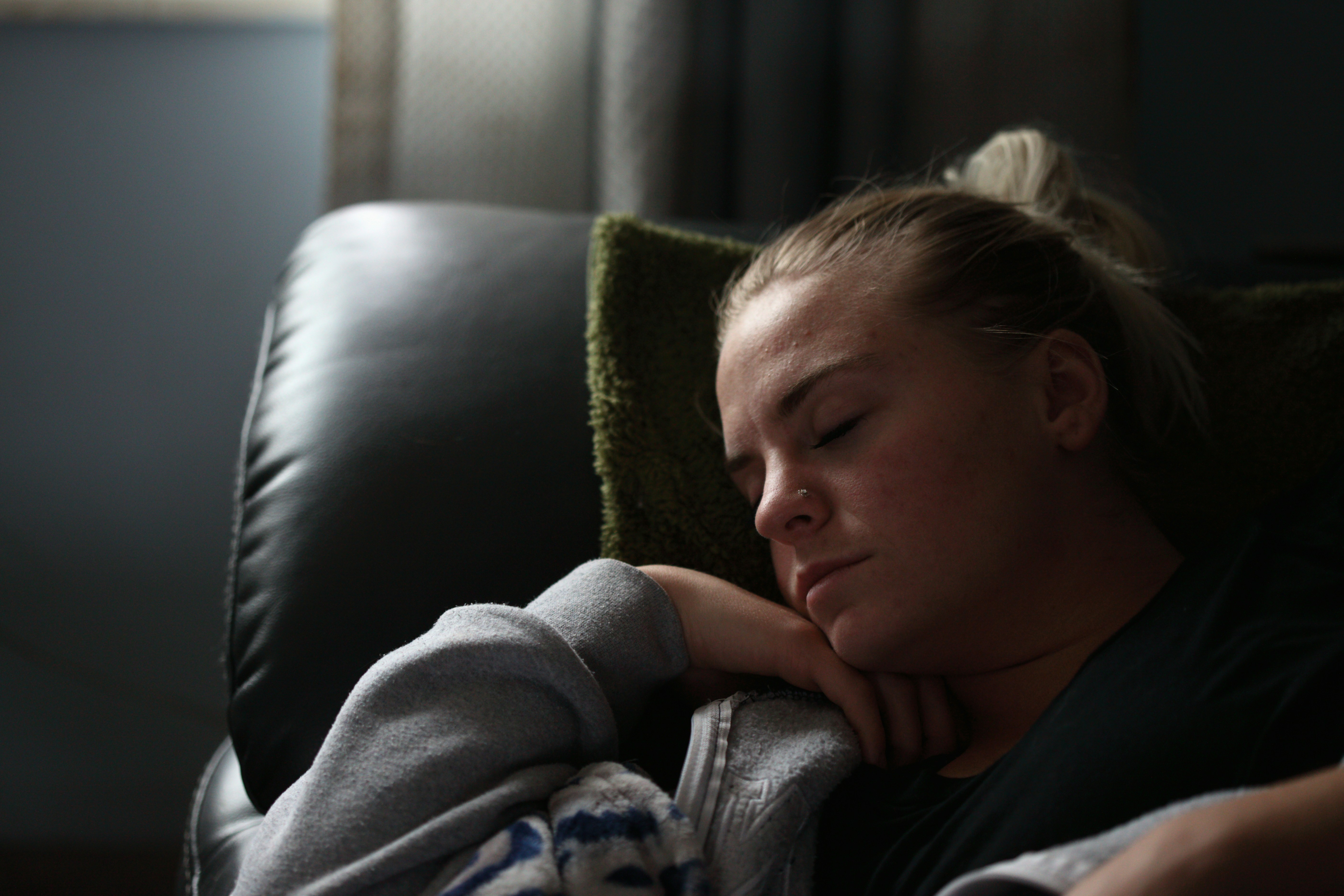Sleep Disorders: Understanding the Different Types and How to Treat Them

Introduction
While most of us may experience occasional sleep disturbances, sleep disorders are a much more serious issue that affects millions of people worldwide. Sleep disorders not only impact the quality of sleep but can also lead to long-term health problems, including heart disease, depression, and decreased cognitive function.
In this article, we will explore the different types of sleep disorders, their causes, symptoms, and effective treatment options. Understanding these disorders and how to manage them is crucial for anyone who struggles with sleep on a regular basis.
1. What Are Sleep Disorders?
- Sleep disorders refer to conditions that interfere with a person's ability to get a restful and restorative night's sleep. These conditions can affect the quantity, quality, or timing of sleep and may lead to daytime fatigue, irritability, and difficulty concentrating.
- Sleep disorders are more common than many realize, and they can affect people of all ages. It’s essential to recognize the symptoms and seek treatment if necessary.
2. Types of Sleep Disorders
2.1 Insomnia
- Insomnia is one of the most common sleep disorders and is characterized by difficulty falling asleep, staying asleep, or waking up too early and not being able to get back to sleep.
- It can be acute (short-term) or chronic (long-term). Acute insomnia typically lasts for a few days or weeks and is often triggered by stress or life events, while chronic insomnia persists for months or even years.
Symptoms of Insomnia :
- Difficulty falling asleep or staying asleep
- Waking up too early and not being able to fall back asleep
- Daytime fatigue or irritability
Treatment for Insomnia :
- Cognitive Behavioral Therapy for Insomnia (CBT-I) : This therapy focuses on changing sleep habits and thought patterns related to sleep.
- Sleep hygiene : Improving sleep environment and routines, such as maintaining a consistent sleep schedule and avoiding caffeine or alcohol close to bedtime.
- In some cases, medications like sleep aids may be prescribed, but they should only be used under medical supervision.
2.2 Sleep Apnea
- Sleep apnea is a serious sleep disorder where a person’s breathing repeatedly stops and starts during sleep. The most common type is obstructive sleep apnea (OSA) , which occurs when the muscles in the throat relax and block the airway.
- This condition can result in frequent awakenings throughout the night, leading to poor sleep quality.
Symptoms of Sleep Apnea :
- Snoring loudly
- Gasping or choking during sleep
- Excessive daytime sleepiness
- Difficulty concentrating or memory problems
Treatment for Sleep Apnea :
- CPAP (Continuous Positive Airway Pressure) machine: This device helps keep the airway open by delivering a continuous flow of air through a mask worn during sleep.
- In some cases, surgery or dental appliances may be recommended for those who cannot tolerate a CPAP machine.
2.3 Narcolepsy
- Narcolepsy is a neurological disorder that affects the brain's ability to regulate the sleep-wake cycle. People with narcolepsy experience extreme daytime sleepiness and may have sudden, uncontrollable episodes of sleep, known as sleep attacks .
- These episodes can occur at any time, even during daily activities such as working or driving.
Symptoms of Narcolepsy :
- Excessive daytime sleepiness
- Sudden, uncontrollable sleep episodes (sleep attacks)
- Cataplexy : Sudden muscle weakness triggered by strong emotions like laughter or anger
- Sleep paralysis and vivid, often disturbing dreams
Treatment for Narcolepsy :
- Medications : Stimulants like modafinil are used to treat daytime sleepiness, while antidepressants can help control symptoms like cataplexy.
- Lifestyle adjustments : People with narcolepsy should establish regular sleep patterns, take short naps during the day, and avoid situations that could trigger sleep attacks.
2.4 Restless Legs Syndrome (RLS)
- Restless Legs Syndrome (RLS) is a condition that causes an overwhelming urge to move the legs, often accompanied by uncomfortable sensations like tingling, crawling, or itching.
- These sensations typically occur when the person is resting or lying down, making it difficult to fall asleep.
Symptoms of RLS :
- A strong urge to move the legs, often accompanied by uncomfortable sensations
- Symptoms worsen at night or during periods of inactivity
- Difficulty falling or staying asleep due to leg discomfort
Treatment for RLS :
- Lifestyle changes : Regular physical activity, avoiding caffeine, and maintaining a regular sleep schedule can help alleviate symptoms.
- Medications : Dopamine agonists, iron supplements (if a deficiency is present), or anticonvulsants may be prescribed to relieve symptoms.
2.5 Circadian Rhythm Disorders
- Circadian rhythm disorders occur when the body’s natural sleep-wake cycle is disrupted. These disorders can affect people who work irregular hours (e.g., night shifts), travel frequently across time zones, or have conditions like Delayed Sleep Phase Disorder (DSPD) or Advanced Sleep Phase Disorder (ASPD).
- People with these disorders may have difficulty sleeping at the desired times, leading to daytime sleepiness and poor sleep quality.
Symptoms of Circadian Rhythm Disorders :
- Difficulty falling asleep or waking up at the appropriate times
- Daytime fatigue and sleepiness
- Disruption of normal daily routines
Treatment for Circadian Rhythm Disorders :
- Light therapy : Exposure to natural sunlight or artificial bright light can help reset the body's internal clock.
- Melatonin : Taking melatonin supplements at the right times can help regulate the sleep-wake cycle.
- Establishing a consistent sleep schedule is also crucial for managing circadian rhythm disorders.
3. When to See a Doctor
- If you experience persistent sleep problems, it is important to consult a healthcare professional. Sleep disorders can lead to serious health complications if left untreated, including heart disease, obesity, and diabetes.
- A sleep study (polysomnography) may be recommended to diagnose certain conditions like sleep apnea or narcolepsy.
- Your doctor can help identify the underlying cause of your sleep issues and recommend the appropriate treatment.
4. Preventing Sleep Disorders
While not all sleep disorders are preventable, certain lifestyle changes can help reduce the risk of developing sleep problems. Here are some tips for maintaining healthy sleep patterns:
- Maintain a regular sleep schedule : Go to bed and wake up at the same time every day, even on weekends.
- Create a sleep-friendly environment : Keep your bedroom dark, quiet, and cool. Invest in a comfortable mattress and pillow.
- Avoid stimulants : Limit caffeine, alcohol, and nicotine, especially in the evening.
- Practice relaxation techniques : Use methods such as deep breathing, meditation, or progressive muscle relaxation to calm your mind before bed.
5. Conclusion
Sleep disorders are a significant health concern that affects millions of people around the world. Whether you are dealing with insomnia , sleep apnea , narcolepsy , or another disorder, it is important to seek proper diagnosis and treatment.
By understanding the various types of sleep disorders, their symptoms, and the available treatment options, you can take control of your sleep health and improve your overall quality of life. Remember, sleep is an essential pillar of well-being, and taking steps to address any sleep issues can lead to better physical, emotional, and mental health.
“A good laugh and a long sleep are the best cures in the doctor’s book.” – Irish Proverb




